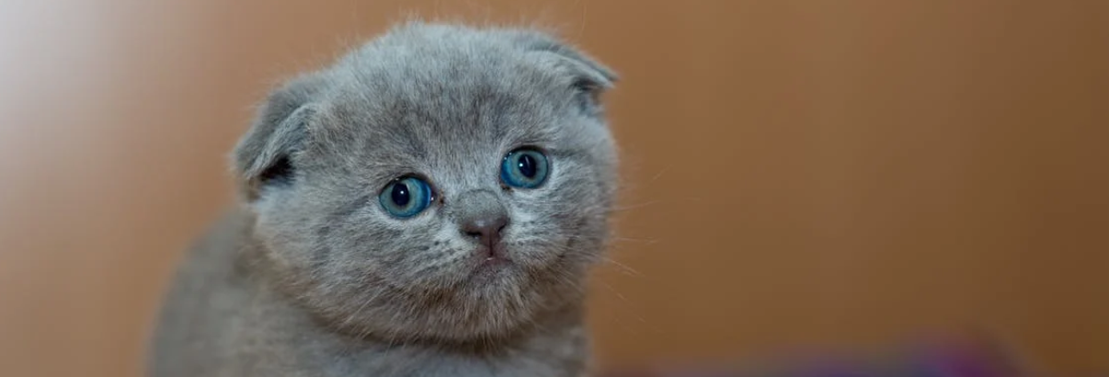Sickness and Frustration Monitoring to Enhance Cat Wellbeing in a Pet Shelter (together with Dieropvang Hengelo)

Problem Statement:
Pet shelters play a crucial role in providing safe and enriching environments for cats awaiting adoption, often housing them in communal rooms that promote socialization and shelter. However, this setup increases the risk of transmitting infectious diseases, such as respiratory and gastrointestinal illnesses, with symptoms like sneezing and vomiting commonly associated with conditions like upper respiratory infections [1], feline calicivirus, and gastrointestinal disorders. These diseases can spread rapidly in shelters with multiple communal cat rooms, making early detection and monitoring essential for preventing outbreaks and maintaining the health of the cats and their environment. Traditional monitoring methods, relying on human observation, are limited by their inconsistency, labour intensity, and restricted time coverage, as they only occur during human presence. Unobtrusive sensing technologies, such as acoustic, video, and radio wave-based systems (e.g., Wi-Fi [2] or mmWave), offer a continuous, non-invasive alternative, enabling early symptom detection through rich data analysis without disrupting the cats' natural behaviour.
[1] Cohn, L. A. (2011). Feline respiratory disease complex. Veterinary Clinics of North America: Small Animal Practice, 41(6), 1273–1289. https://doi.org/10.1016/j.cvsm.2011.07.006
[2] Klein Brinke, J. (2024). Interwoven Waves: Enhancing the Scalability and Robustness of Wi-Fi Channel State Information for Human Activity Recognition. [PhD Thesis - Research UT, graduation UT, University of Twente]. University of Twente. https://doi.org/10.3990/1.9789036561419
Task:
This project considers the full (Master-level) or part (Bachelor-level) of chain of developing such a solution, from the classification/quantification of sneezing and screeching within cat rooms using unobtrusive sensors and (embedded) machine learning, to visualizing the necessary information in a timely manner. This project will improve the overall quality of life of animals in pet shelters and reduce the workload on volunteers and staff at the pet shelters (which allows for more quality time and love for the animals that need it). Ideally, this project takes an embedded mindset (as the reasoning should happen locally on cost and energy-efficient ESP32s or Raspberry Pi).
Example RQS:
- How accurately can the global health of a cat population be quantified through sneezing and screeching using unobtrusive sensors (acoustic, thermal video, and radio wave-based technologies) in communal living environments?
- What is the impact of on-device embedded AI models on the accuracy and latency of detecting health-related behaviors in shelter cats using ESP32 or Raspberry Pi platforms?
- How can acoustic, thermal video, and radio wave sensors be optimized to filter out human-related data while maintaining accuracy in monitoring symptoms like sneezing and vomiting in shelter cats, ensuring compliance with GDPR regulations?
What am I looking for:
I am looking for motivated students who go beyond the 'sixes' attitude, ideally motivated to publish their results in the future. Additionally, you should be affectionate and not scared of cats for this assignment, as there is a practical aspect to this assignment: Dierenopvang Hengelo has kindly opened its doors for unobtrusive data collection (meaning your devices need to be cat-secure).
Due to the flexibility of the assignment, I wish to have a coffee with you to ensure it’s a good match before I agree to supervise! ;)
Work:
40% implementation (hardware/software), 40% Data analysis, 20% Writing
Contact:
Jeroen Klein Brinke (j.kleinbrinke@utwente.nl)
Allow multiple students: YES
Photo: https://www.pexels.com/photo/grey-fur-kitten-127028/
